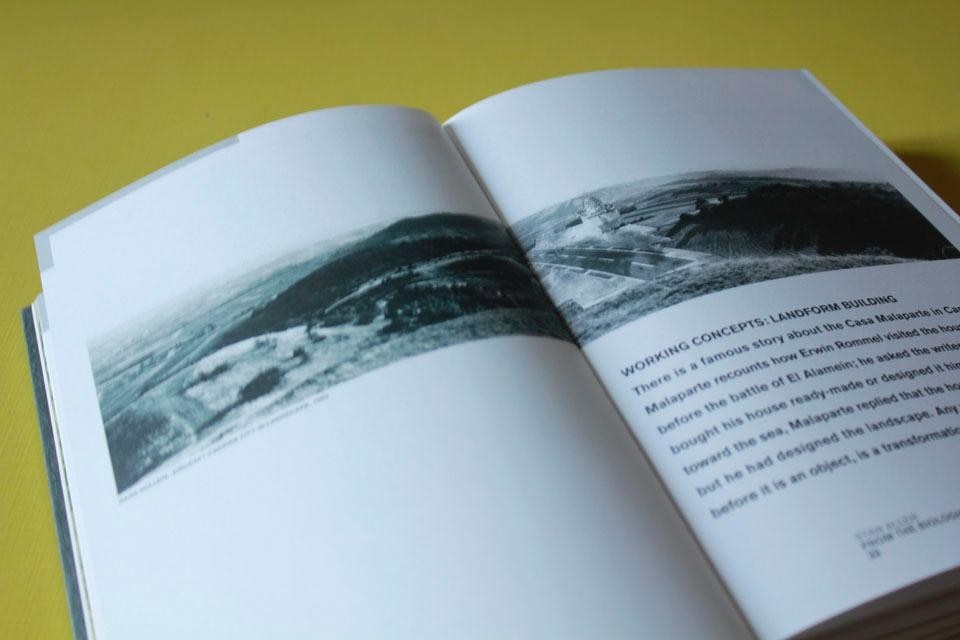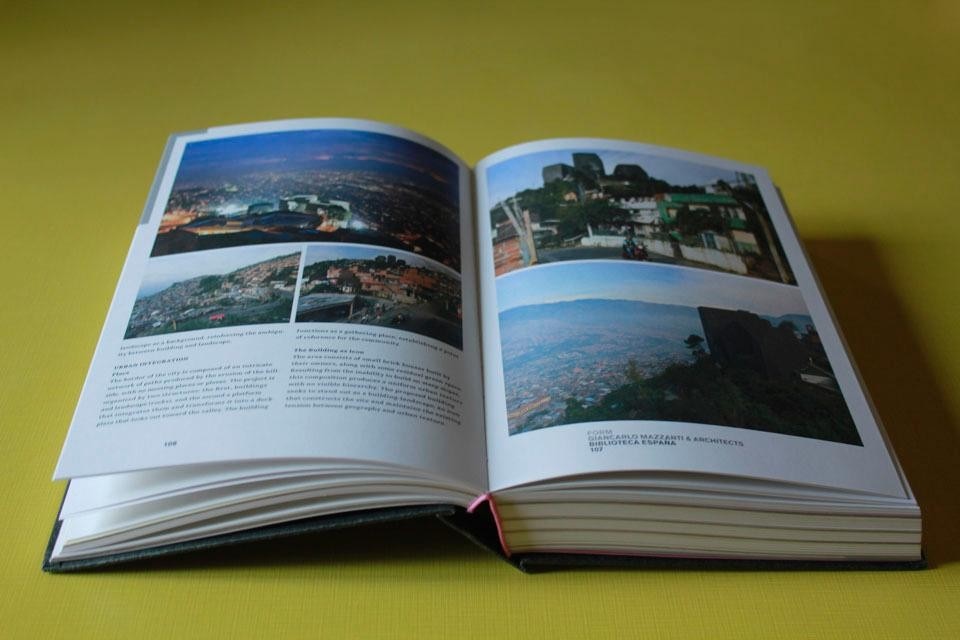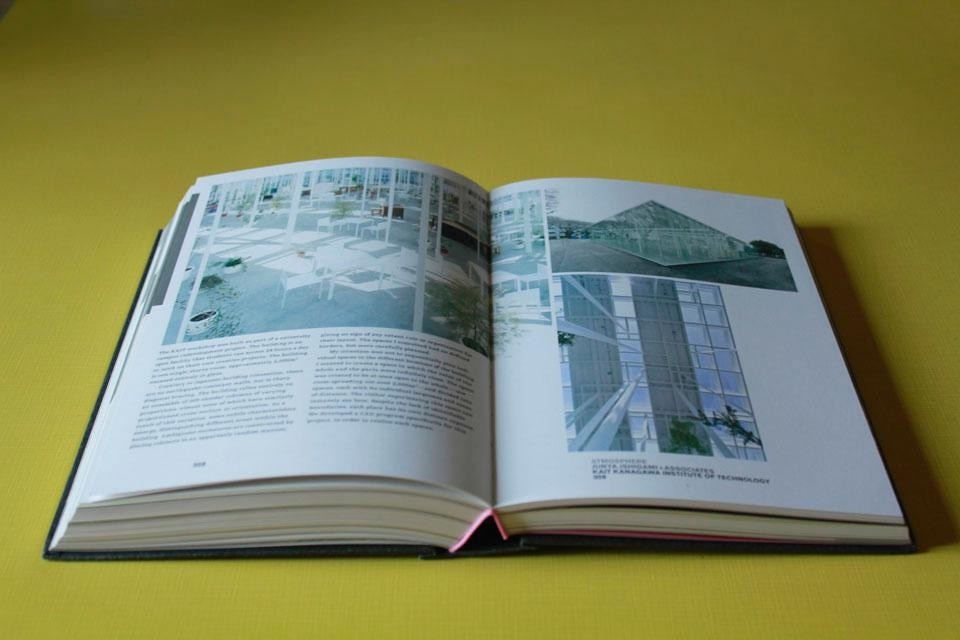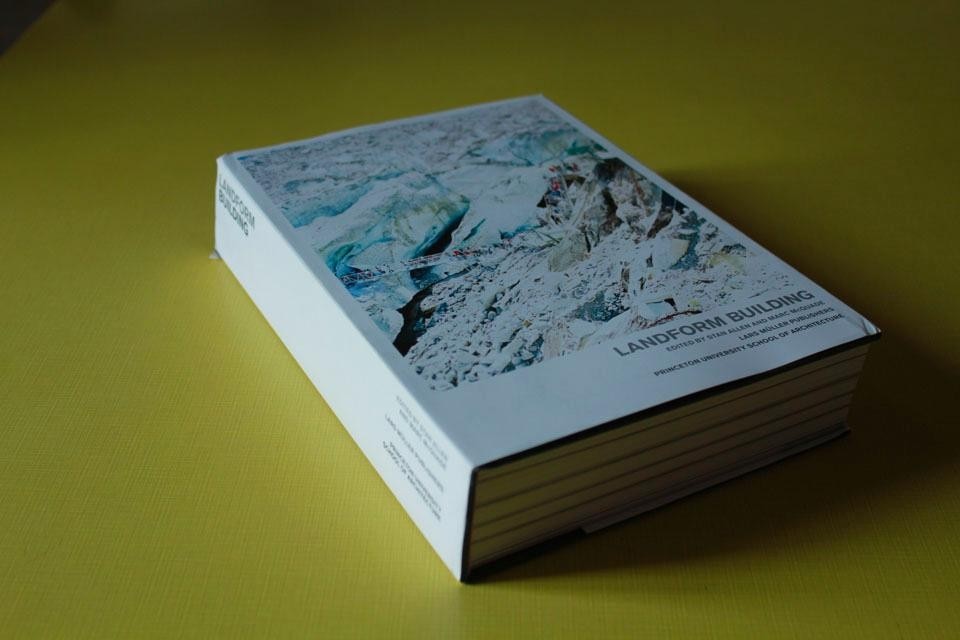Stan Allen and Marc McQuade, eds. in collaboration with Princeton University School of Architecture. Schirmer/Mosel, 2011 (416 pp., US $65)
The common link between landscape and architecture can be defined by the concept of megastructure, or at least this is the first message perceived when opening the book Landform Building and flip through its pages. But this close relationship has been changing fast in the last ten years, from the biological to the geological; the desire to make a responsive architecture is now fulfilled with references to landscape. As Stan Allen points, now a parallel trend looks not to the biology of individual species but to the collective behaviour of ecological systems as a model for cities, buildings and landscapes: "Architecture is situated between the biological and the geological—slower than living but faster than the underlying geology."
The start point of this new way to understand architecture was in the early 1990s, when the emergence of Landscape Urbanism was focused on experiments on folding, surface manipulation and the creation of artificial terrains. Mostly all of these strategies can be related with some avant-garde projects of the 1960s, such as Hans Hollein's Aircraft Carrier City in Landscape or Raimund Abraham's Transplantation I; a time when architectural proposals included per-se the transformation of landscape, better explained by Erwin Rommel [quoted by Marida Talamona], "Any work of architecture, before it is an object, is a transformation of the landscape."


Going beyond its formal implications, the debate about landform building makes us think on important issues like bigness, which according to Rem Koolhaas, seemed a phenomenon of and for (the) New World(s).


Natural tectonic can be understood as the architectural reconstruction of nature, as pointed by David Gissen and it could be a positive approach if we start thinking again on the idea that architecture can also bring nature back into the view and experience of the city. We want to end quoting Gissen: "Through this lens, we understand "nature" as something that was (past tense) in the city. By bringing it back, we reconstruct the former reality of the city but also acknowledge the end of nature as we understand it."
NOTES:
[1] Landform Building, Architecture's New Terrain. Conference at Princeton University School of Architecture [visited on 29th August 2011]
[2] Thinking big. John Rajchman talks with Rem Koolhaas [visited on 29th August 2011]
[3] Michael Jakob, "On Mountains, Scalable and Unscalable" MS [4] Reyner Banham, "Scenes in America Deserta". The MIT Press, 1989.
[5] Fumihiko Maki, "Investigations in Collective Form." 1964. PDF available. Visited on 29th August 2011]
[6] Kenneth Frampton, "Megaform As Urban Landscape". University of Michigan, 1999.


